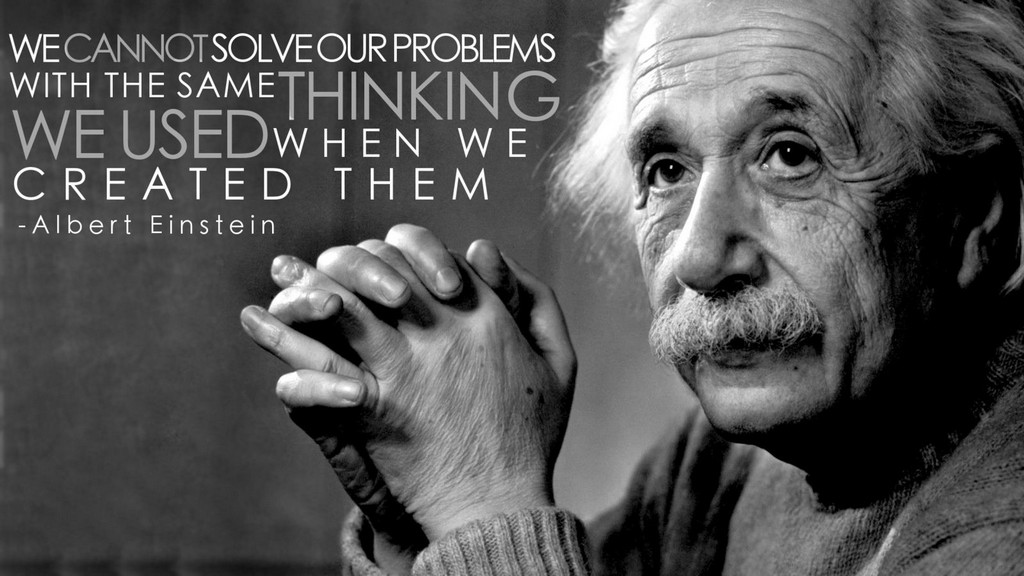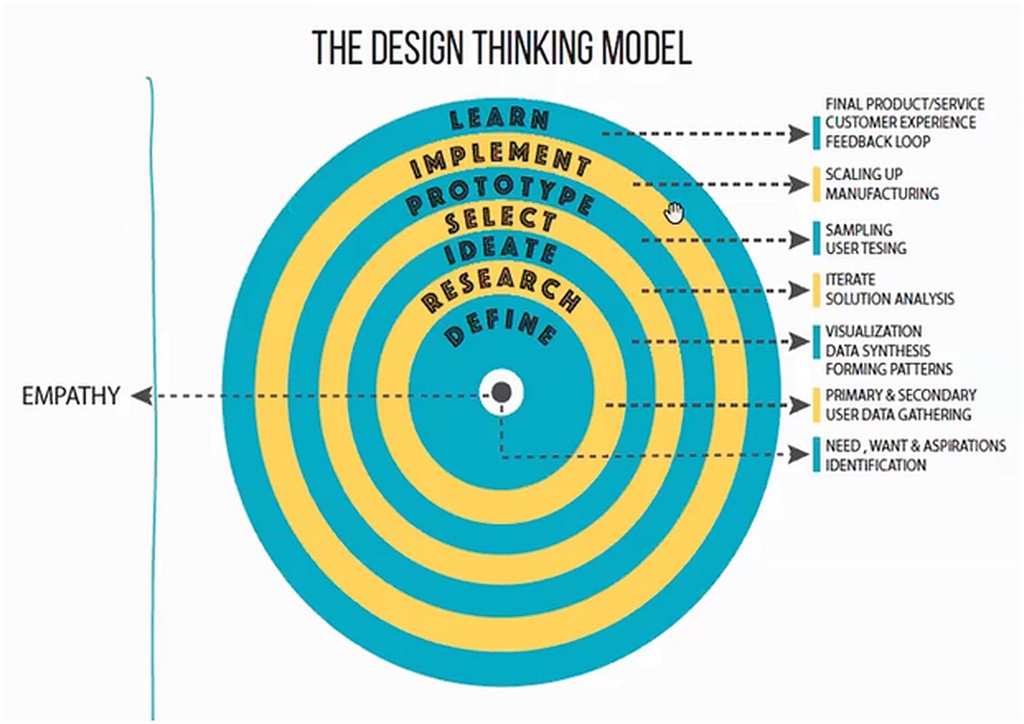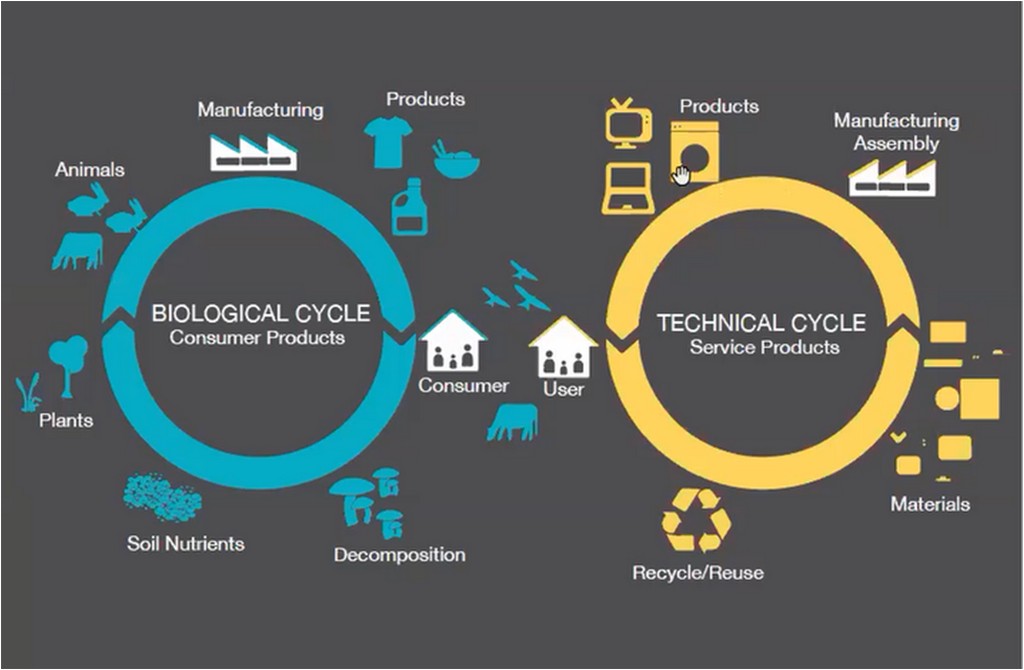DESIGN THINKING FOR A CONSTRUCTIVE SOLUTION BASED IDEOLOGY
12/05/2020 2023-10-30 18:24DESIGN THINKING FOR A CONSTRUCTIVE SOLUTION BASED IDEOLOGY
DESIGN THINKING FOR A CONSTRUCTIVE SOLUTION BASED IDEOLOGY
Design thinking as a concept emerged in 1970 and is a process that helps to identify solutions to existing problems. In an effort to give an insight into the term and its application, Great Place to Study hosted a webinar for students, design professionals and the general public to get a sense of this buzzword that has started to create ripple in various fields. The session was led by Mr. Zulfi Ali, Academic and Creative Director – JD Institute of Fashion Technology, South. With 15 years of deep and wide expertise in academics, industry, branding and graphics, he has crafted a vision for design education that caters to contemporary demands of the industry and design aspirants. An ambassador for sustainability, human centric design and design thinking, through this webinar he advocated the role of design in the modern society and its relevance for the sustainable future.
Unlike popular perception it is not just limited to creative fields but is a creative solution that can be implemented by all and sundry from business, design innovations to daily lives. Though an evolving field of interest, understanding the process will help to provide fundamental fix for all human, design and industry based challenges. If adapted well, design thinking can help develop a structured mindset for a constructive solution based ideology.

What is Design Thinking Really?
Technically design thinking is defined as, “a search for a magical balance between business and art, structure and chaos, intuition and logic, concept and execution, playfulness and formality, control and empowerment.”
The origin of design is not a modern phenomenon; it can be traced to the early humans. There are 4 definitive revolutions that have played a role in making the human species stand where they are today. They are namely –
- Cognitive Revolution
- Agricultural Revolution
- Scientific Revolution and
- Technology Revolution

Cognitive Revolution: The very first revolution took place 2.5 million years ago, when humans started developing the ability to control brain power which helped to create an organized sense of understanding. This was the time when a number of inventions like fire, language and basic tools were created. The early humans were hunters and lived a nomadic life hence these skills had to be developed inorder to survive.
Agriculture Revolution: This revolution came about when the human species decided to forego their nomadic lifestyle to settle in one place. This gave rise to animal domestication, settlements, farming which led to food security, scripts, trade, money and birth of religion.
Scientific Revolution: In the last 500 years the human curiosity was not satiated by religious views and sought answers from beyond the realm of accepted convention. The need to seek out knowledge and see what lay further had people set sail on explorations and discovery of new lands like America, South America, Australia, Asian subcontinent etc. These new discoveries resulted in colonization of Asia and America by the Europeans. This in turn gave rise to Capitalism which eventually led to Industrialization.
Coincidentally industrialization made it capable to discover oil. Oil was always present but then there had to be industrial powerhouse or methodologies to ensure extraction of oil. This proved a major turning point to understand the huge access to unlimited sources of energy. From the discovery of oil in 1859 till this day, we are still dependent on fossil fuels.
Post industrialization to the end of World War II in 1945, was a period of chaos, as the whole world experienced revival. It was a time of renewed interest in varied things which gave rise to Industrialization 2.0. The Cold War in 1947 led to the discovery of computing power and the 1950s experienced tremendous amount of air travel. During this time electricity reached to every nook and corner of the world. There was a shift in manufacturing from power driven rotating shaft, belt drive using steam engines and water power to electric motors. The integration among governments worldwide, companies, people and the technological advancements, transportation was the result of globalization. The term became a global phenomenon at the end of the Cold War.
After 70 years we are at the cusp of a very new revolution – Technological revolution. In the next 50 – 100 years from now we can probably add one more circle – Artificial Intelligence Revolution. The seeds are already sown with the introduction of virtual assistants to robots that are used in multiple fields, programs that can play games and beat the best human champions etc. In 2.5 millions years of human existence it is in the last probably few 100 years we have really kick started the process of this race. All of this has been possible due to the availability of disposable energy and rise of capitalism which is based on the ideology of consumerism.
Economic advancements through varied businesses have been merely profit centric rather than environmental or people-driven which has been largely neglected. Though new designs have been created to provide solutions to make life easy and comfortable for people, it has unleashed problems that are directly impacting life on earth. The aim of Design Thinking is to improve processes for an improved future. It draws on logic, creativity, perception and methodical reasoning to explore the possibilities of what could be and create desired outcomes that benefit the end user.
Design thinking is also about – learn, unlearn and re-learn. We have to be observant enough to understand what is happening around us. It is a pre-requisite for strategic innovation and presents a practical application of design in any aspect of life to improvise innovation performance.
As a methodology it proposes, The Design Thinking model that helps to provide a step-by-step order. It boils down to the following steps:

Inorder to adopt a sustainable, user-centric approach it is important to improve strategic processes for innovation which are summarized in the following 10 Design Thinking Principles.
- Action-Oriented
A learning-by-doing approach to identify challenges for definitive solutions, that ensures experimenting instead of being an armchair strategist.
- Comfortable with Change
Promotion of new perspective, to frame innovative solutions, to strategically frame complex and ambiguous issues free from organizational dogmas, limitations and assumptions.
- Human-Centric
Adapting observational and research based technique to focus on customer or end user’s physical and emotional needs. Since the solutions are for people, it is important to understand what they do and why and their interaction with their environment.
- Integrates Foresight
Foresight helps to open up the possibilities of the uncertainties and the possibilities of the future. This leads to the discovery and creation of tangible outcome for breakthrough growth.
- A Dynamic Constructive Process
Design thinking is a continuous learning experience arising out of a need to obtain and apply insights to shifting goals. Prototyping, creating tangible sharable artifacts, becomes an important piece of the design thinking tool kit.
- Promotes Empathy
It puts users at the core of everything. Understanding the expectation of the users’ behaviours, expectations, values, motivation, need and drive provides insights to develop new knowledge through creative learning and experimentation.
- Reduces Risks
Whilst developing and launching new products or service there are benefits in learning from small and smart failures. However, application of design thinking practices will reduce risk by considering, development ecosystem, technology, market, competitors, customers and the supply chain.
- Create Meaning
Creating meaning is the hardest part of the design process and the tools used in design thinking are maps, models, sketches and stories that help to capture and express the information required to form and socialize meaning.
- Bring Enterprise Creativity to Next Level
Design Thinking nurtures a culture that embraces questioning, inspires frequent reflection in action, celebrates creativity, embraces ambiguity and creates visual sense making through interactions and visualizations, physical objects and people.
- The New Competitive Logic of Business Strategy
Design thinking allows companies to create new products, experiences, processes and business models beyond what simply works. It turns them into desirable products which provide a truly sustainable competitive edge through innovation.

We need to train our minds, habits and our processes to adapt to new form of design thinking known as circular design thinking, an ideology based on the economy model called the circular design. It utilizes re-use, reduce, recycle, repair, rethink, re-purpose etc. to minimize the use of resources and waste, pollution and carbon emissions. The future is determined by a strong culture of design assimilation that needs to be managed with a sense of purpose and foresight that addresses problems from inside out. In this ever changing and ever evolving world, it is important to adapt and observe through a cross-disciplinary integration that emphasises on planet, people and profit in that order.
[vc_row][vc_column][vc_video link=”https://www.youtube.com/watch?v=e0qXzQL1tNs” align=”center”][/vc_column][/vc_row]













